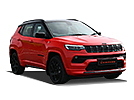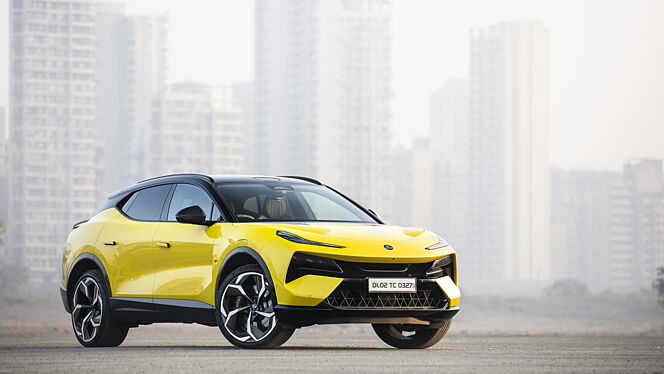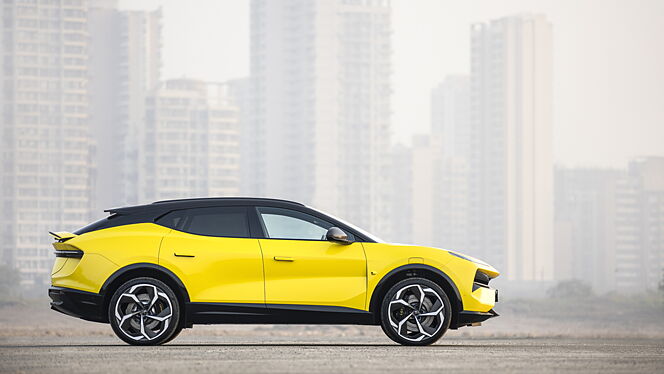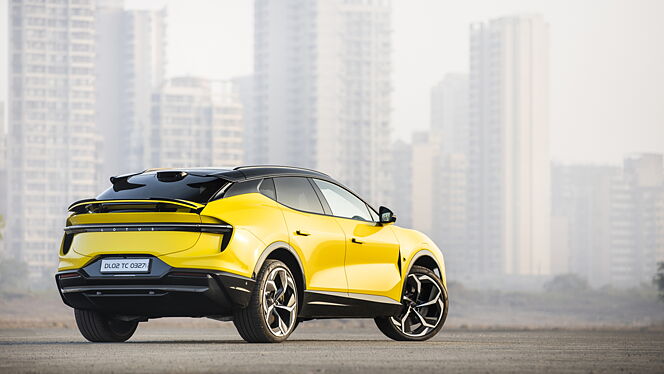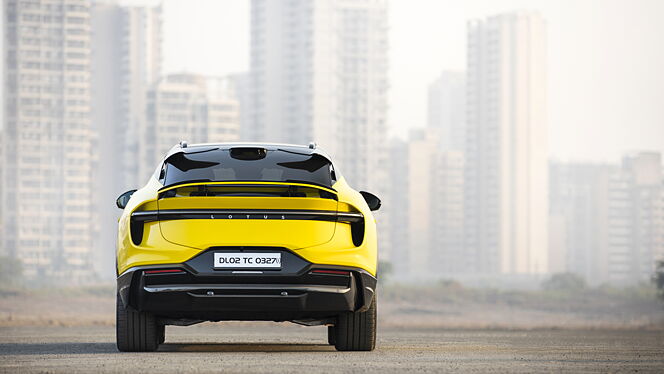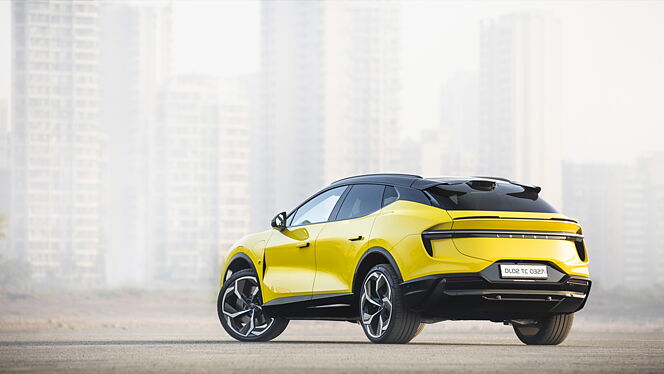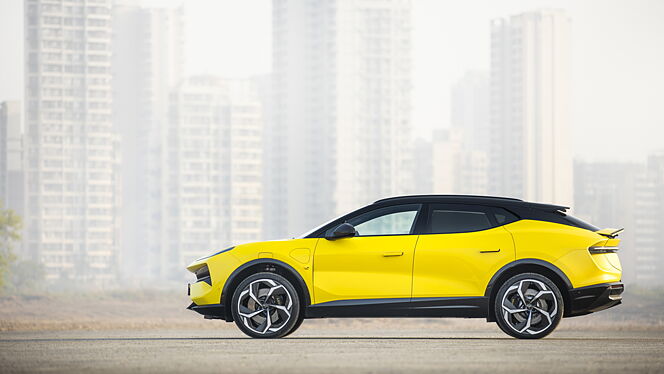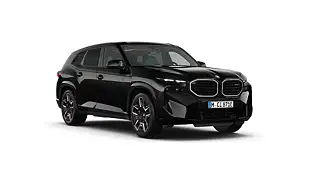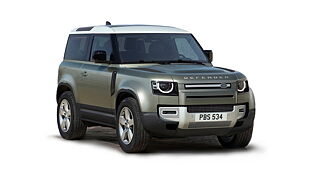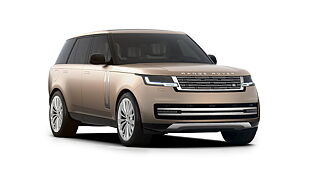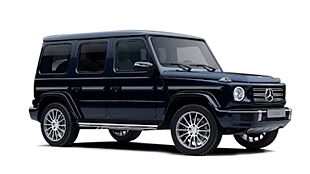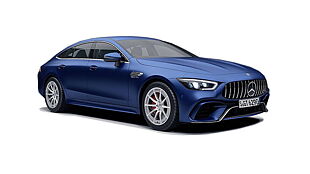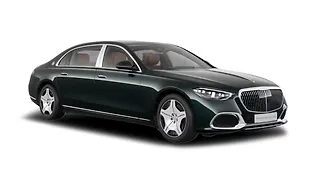Lotus Eletre R
Rate & Win
- Eletre
- Offers
- Specs & Features
- Variants
- Colours
Variant
R
City
Show price in my city
Rs. 2.99 Crore
Avg. Ex-Showroom price
Calculate your EMI
EMI Calculator
Contact Lotus
Get in touch for the best buying option from your authorized dealer
Lotus Eletre R Summary
Lotus Eletre R is the top model in the Lotus Eletre lineup and the price of Eletre top model is Rs. 2.99 Crore. Lotus Eletre R is available in Automatic transmission and offered in 5 colours: Galloway Green, Stellar Black, Kaimu Grey, Blossom Grey and Solar Yellow.
Read More
Lotus Eletre R Review
We get behind the wheel of India's fastest and most powerful electric SUV
What is it?
How is it on the outside?
Is the cabin of the Lotus Eletre any good?
Is the Lotus Eletre any good to drive?
Should you buy a Lotus Eletre?
Eletre R Specifications & Features
- Specifications
- Features
- Specifications
- Features
Specifications
Engine & Transmission
Top Speed265 kmphAcceleration (0-100 kmph)2.95 secondsFuel TypeElectricMax Motor Performance905 bhp, 985 NmDriving Range490 kmDrivetrainAWDTransmissionAutomatic, Sport ModeBattery112 kWhOthersRegenerative Braking, Pure Electric Driving ModeDimensions & Weight
Length5103 mmWidth2135 mmHeight1630 mmWheelbase3019 mmGround Clearance187 mmKerb Weight2640 kgCapacity
Suspensions, Brakes, Steering & Tyres
Features
Exterior
Braking & Traction
Safety
Comfort & Convenience
Lighting
Locks & Security
Doors, Windows, Mirrors & Wipers
Entertainment, Information & Communication
Mobile App Features
Storage
Airbags
Seats & Upholstery
Instrumentation
Manufacturer Warranty
Other Eletre Variants
| Variants | Price | Specifications | |
|---|---|---|---|
Rs. 2.55 Crore | 112 kWh, 600 km, Electric, Automatic | Get Offers from Dealers | |
Rs. 2.75 Crore | 112 kWh, 600 km, Electric, Automatic | Get Offers from Dealers | |
Rs. 2.99 Crore | 5 Person, AWD, 187 mm, 2640 kg, Panoramic, 490 km, No, No, Front & Rear, 2.95 seconds, 265 kmph, 112 kWh, Not Tested, 5103 mm, 2135 mm, 1630 mm, 3019 mm, Remote, Yes (Automatic Climate Control), Front & Rear, 1, Reverse Camera with Guidance, No, No, Yes, Yes, No, 8 Airbags (Driver, Front Passenger, 2 Curtain, Driver Side, Front Passenger Side, 2 Rear Passenger Side), Yes, 1, Not Applicable, 5 Doors, Electric, Automatic | Get Offers from Dealers |
Eletre Alternatives
Eletre R Colours
The following 5 colors are available in Eletre R.
Galloway Green
Write a detailed review and you can win Amazon voucher worth Rs. 2,000
Eletre R FAQs
Q: What is the Eletre top model price?
Eletre R price is Rs. 2.99 Crore.
Q: How is the Eletre top model performance?
R is powered by a Electric battery mated to a Automatic gearbox which generates 905 bhp, of power & 985 Nm of torque.
Q: What is the ARAI driving range of Eletre R?
Eletre R driving range claimed by ARAI is upto 490 km.
Q: What is the standard tyre size and ground clearance for the Eletre top model?
The standard tyre size for the Eletre top model is , and the ground clearance is 187 mm.
Q: What is the Eletre safety rating for the top model?
Lotus Eletre R has not been crash tested by the Global NCAP yet.
Get in touch with Authorized Lotus Dealership on call for best buying options like:
Doorstep Demo
Offers & Discounts
Lowest EMI
Exchange Benefits
Get The Best Deal

